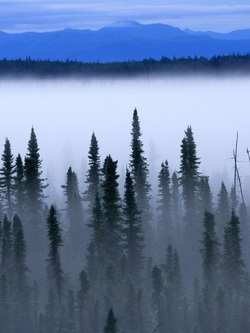Charcoal Deposits and the Carbon Cycle: soil from the Colorado River
How can volunteers participate?
Boaters and hikers can volunteer to gather small soil samples from locations along the Colorado River.
What does it take to gather samples?
Not much soil is needed from each sample – roughly 1/4 cup of soil is plenty. Once collected, let the soil dry if possible; if not, simply drain off excess water and keep in ziplocks. For each sample, you must note the location, how fast the water is moving in that part of the river, if the soil is taken from below the water line, and the depth of the water at that location. It is best if volunteers take two or three samples at a given location. Ideal spots to collect samples are areas where the river flow slows, as this is where charcoal can settle out. Also, areas shortly after confluences with other rivers are useful, as this may let us see how charcoal levels accumulate down stream. Samples are mailed to graduate student Brian Buma, who weighs and processes the soil in the lab at University of Colorado-Boulder.
How will this data be used?
The samples will be analyzed for their percent carbon and percent charcoal, then put onto a river map to see what watersheds contribute what amount of charcoal. The fire histories of those watersheds will be compared to the levels of charcoal we find.
To participate in this study, please Tell Us About Your Expedition.

